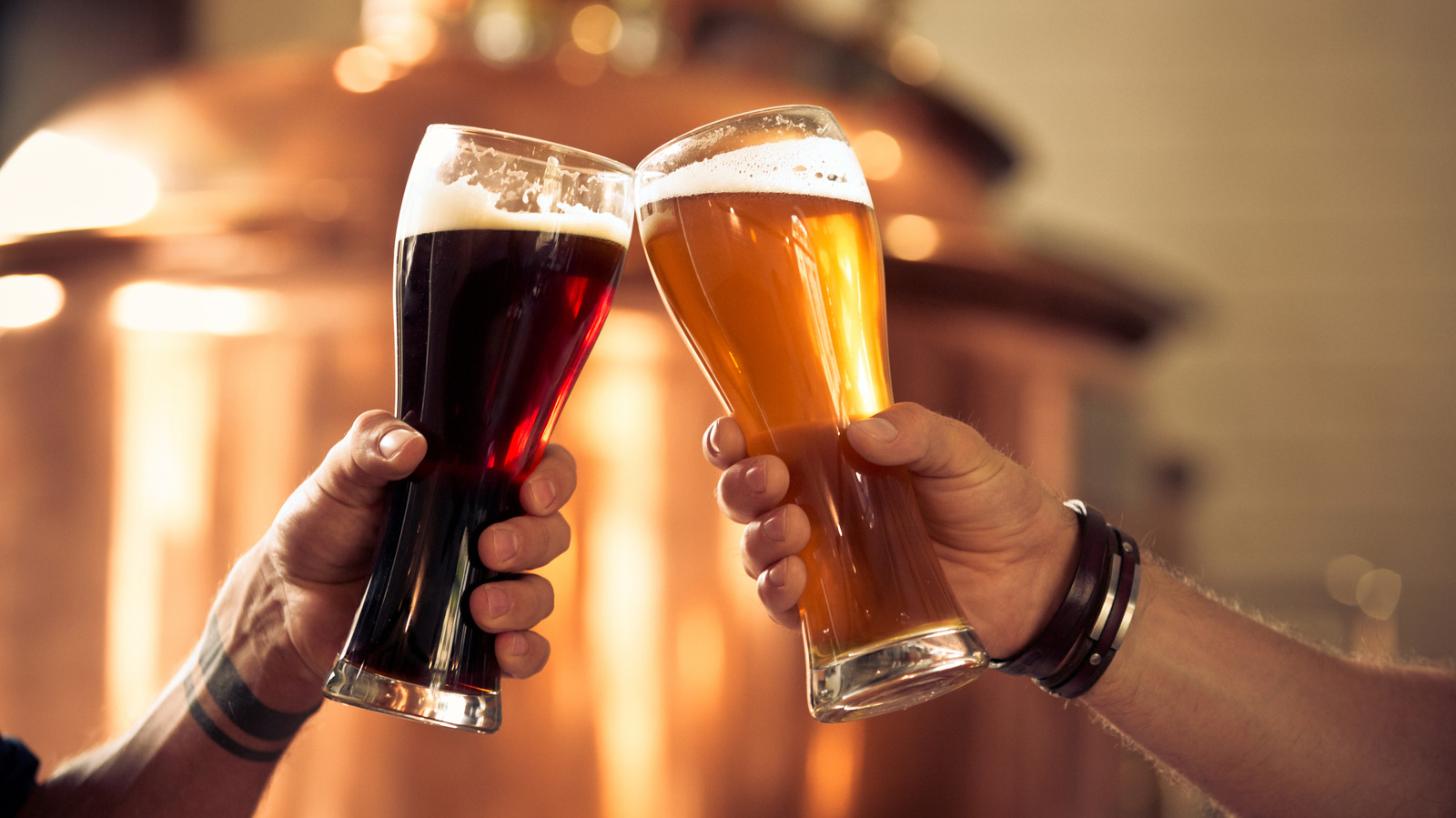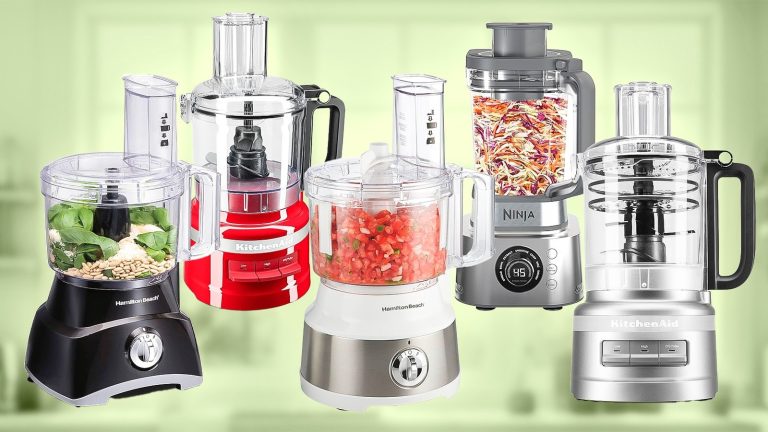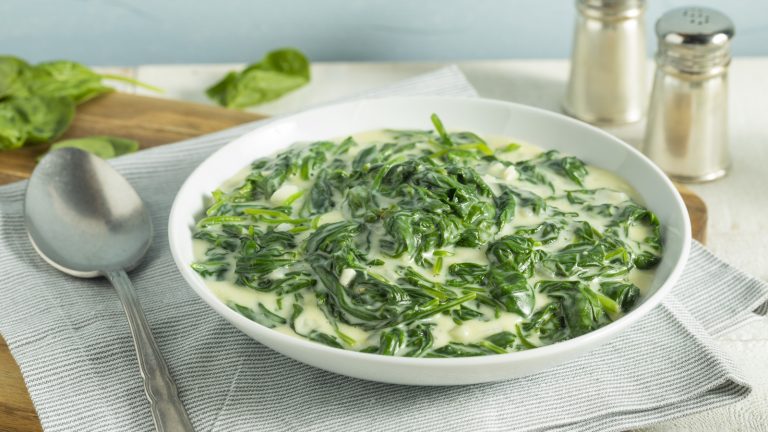Have you ever sat down at the bar, looked at the draft list, and realized you have no clue what the distinctions are between all the different types of beers, including staples like ale and lager? No worries, there’s a first for everybody, and you’re definitely not the only one who’s ever questioned what exactly sets these styles apart. Both are delicious, but on the palate, you’ll find they offer markedly different tasting experiences.
With ales, you’ll typically get a more robust, complex profile. Most describe it as a fuller-bodied kind of beer, with fruity characteristics and a hop-forward bitterness underneath. Their appearance will often lean toward the darker, cloudier side with strong carbonation (it’s how ales gain a reputation for having a “spritzy” texture!)
If you prefer pints that are crisper and cleaner, lagers are the way to go. These beers typically present a more straightforward profile where the malt ingredients take center stage. Their appearance is going to be brighter and clearer than ale, with just the right amount of carbonation to tickle your tongue and kickstart your tastebuds. Thanks to its mellow, balanced nature, lagers are often the first choice for new or casual beer drinkers. However, if you consider yourself an enthusiast, craft lagers will still offer plenty of complexity to keep your palate happy.
Why do their flavors differ so much?
The brewing process is why ale and lager have such distinct flavors. Ales are made using “top-fermenting” yeast (Saccharomyces cerevisiae). These beer yeasts thrive in warmer temperatures between 60 to 75 degrees Fahrenheit, which speeds up the fermentation process. Besides allowing ales to be produced more quickly (taking only weeks), the higher temperatures also stimulate the yeast to produce more esters and phenolics; it’s these compounds that give ales the distinctive fruity and spicy flavors they’re known for.
Lagers, meanwhile, employ “bottom-fermenting” yeast (Saccharomyces pastorianus), which prefers cooler temperatures between 35 to 55 degrees Fahrenheit. Fermentation takes longer (up to a month or more) and produces far fewer flavor compounds, but that’s not necessarily a bad thing. Without the yeast’s flavors getting in the way, the malt and the bittering hops can shine with zero competition — and that’s how lagers’ crisp and clean flavor came to be.
Crazy how just a few degrees in brewing temperature and a few extra weeks maturing can produce two totally different-tasting beers, isn’t it? Either can make for an awesome drink, but now that you know how they differ … have a taste of both! Let your palate decide which is the better-tasting one for you.






